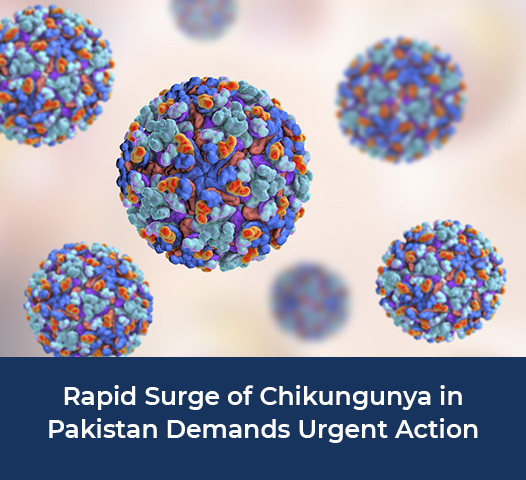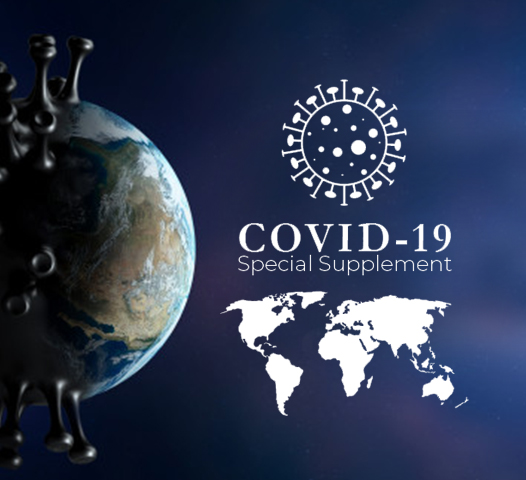Homocysteine and Vitamin D Levels: An Association with Depression and its Severity
Abstract
Objective: To determine the association of serum Homocysteine and serum vitamin D levels with depression
and its severity.
Study Design: Cross-sectional study.
Place and Duration of Study: The study was conducted at the Department of Psychiatry, Armed Forces Institute of Mental Health (AFIMH), Rawalpindi, Pakistan, from December 2021 to May 2022.
Methods: We recorded demographic data, including age, gender, and socioeconomic status of consecutively
sampled 155 subjects. Depression and its severity was assessed by applying the Urdu version of the Hamilton
Depression Rating Scale (HAM-D U). Blood samples were collected to assess serum homocysteine and serum
vitamin D before commencing any treatment for depression; these samples were assessed at the Armed Forces
Institute of Pathology (AFIP Rawalpindi).
Results: The mean Hamilton Depression Rating Scale (HAM-D U) score was 17.14 ± 4.29 with minimum and
maximum scores as 8 and 22. There were 97 (62.6%) cases that had mild to moderate depression, and 58
(37.4%) patients had severe depression. The frequencies of intermediate to severe Homocysteine levels were
statistically higher in individuals with severe depression (p < 0.001), while vitamin D deficiency was also
statistically higher in individuals experiencing severe depression (p < 0.001).
Conclusion: Raised serum homocysteine levels and deficiency of serum vitamin D is associated with the
severity of depression.
How to cite this: Bajwa AA, Khan S, Raza H, Nazir TB. Homocysteine and Vitamin D Levels: An Association with Depression. Life and Science. 2023; 4(4): 372-378. doi: http://doi.org/10.37185/LnS.1.1.385
Copyright (c) 2023 Asif Azeem Bajwa, Sikandar Khan, Hassan Raza, Tashfeen -Bin- Nazir

This work is licensed under a Creative Commons Attribution-NonCommercial 4.0 International License.















